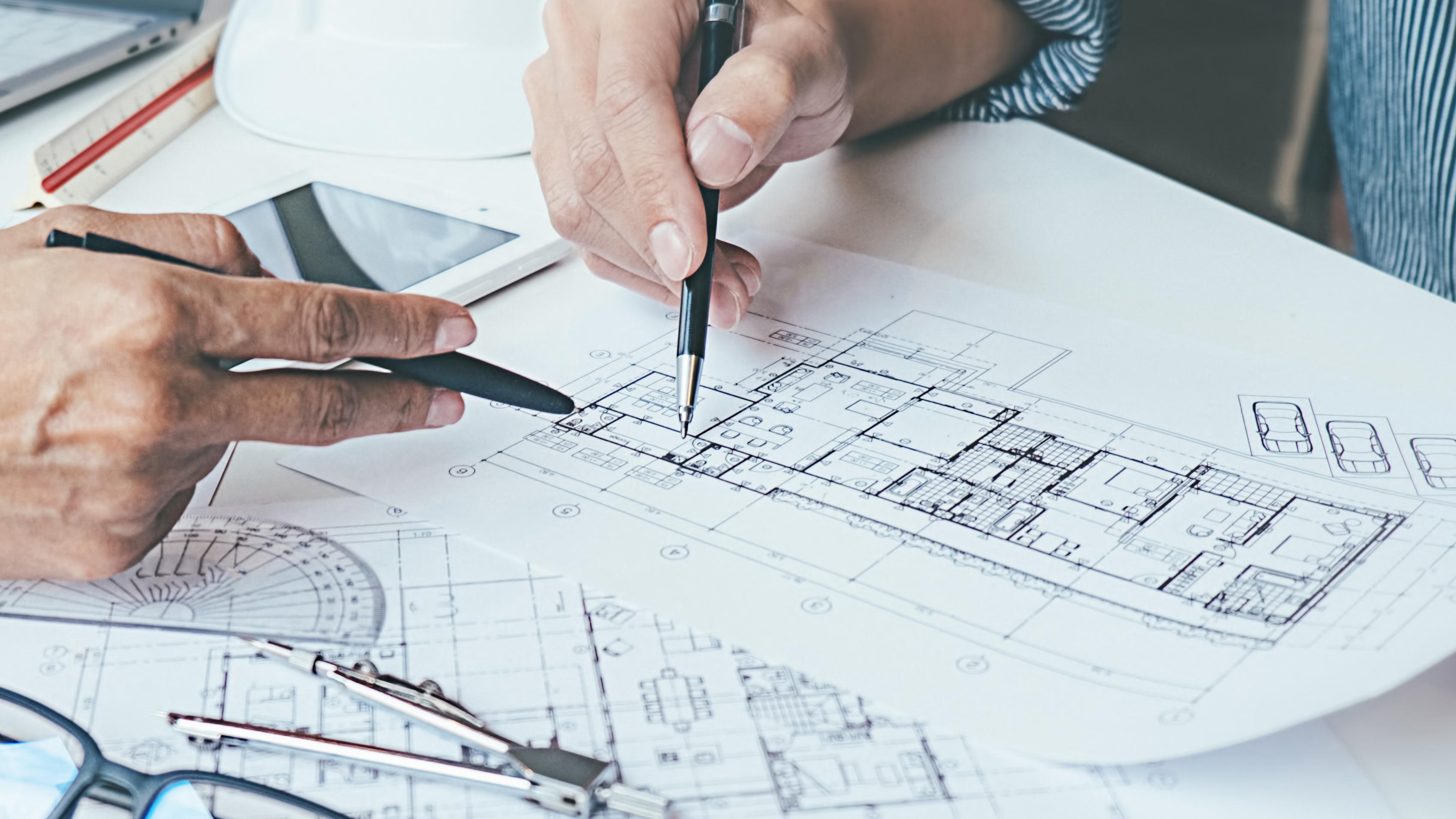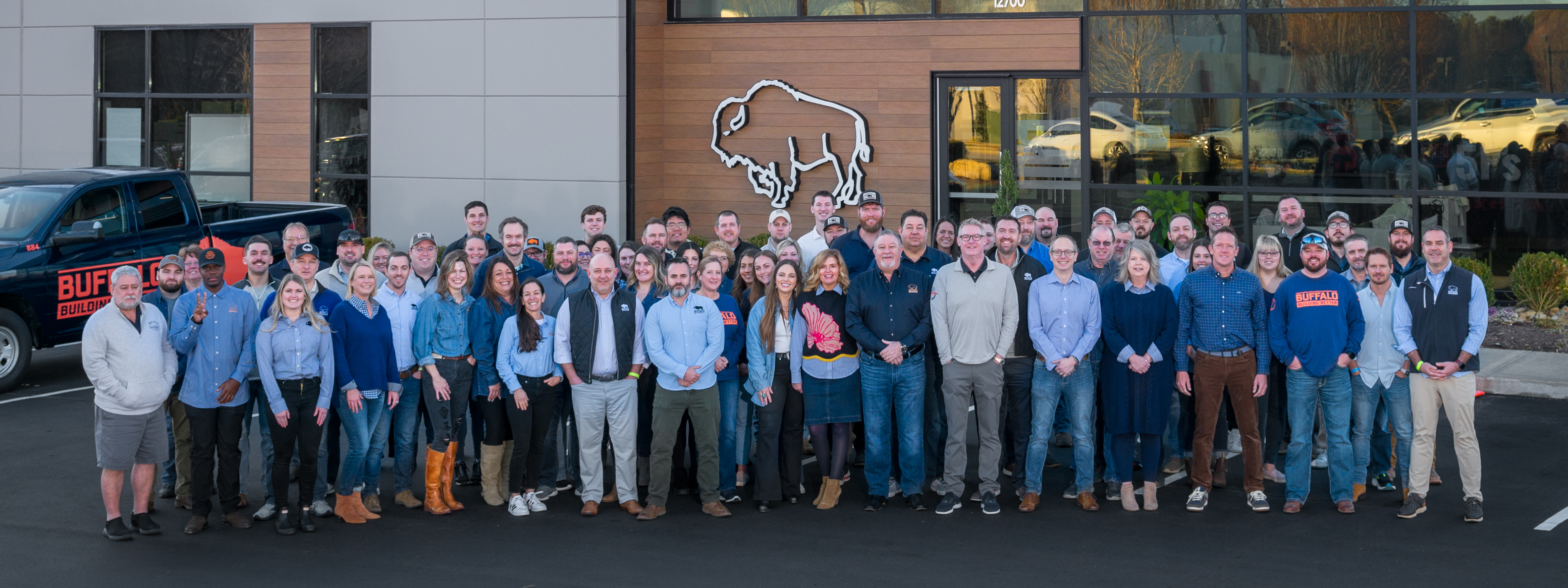
Discovery
We’re The Herd, and we’re known for putting relationships first and delivering exceptional build experiences. Our partners can tell we’re different because we walk alongside them through every step of the process.
Relationship-driven expertise. Outstanding service. Straightforward communication.
That’s just what Building Better is all about.
character built
We approach each project with an integrative and collaborative mindset, engaging the entire project team from day one. We do it nationwide and laser-focused. Our proven process provides added value at every phase because we’re involved, proactive communicators who value expertise and input. That’s how we make sure our Client Partners get the seamless project execution and outstanding results they’ve come to depend on. And we’re so confident in our workmanship that we back every project with a lifetime guarantee.
Get to Know the Herd
Doing the right thing—no matter what. That’s the principle Buffalo was built on, and it’s the legacy we continue to craft today. Learn more about how we turned our tagline, Building Better, into a philosophy that’s shaped our entire enterprise now, and hear from some of our top-level partners about what makes Buffalo different.
Herd Strong
Our people are
the foundation
Just like the buffalo who give us our name, The Herd knows that there’s strength in numbers. We thrive on the collective power of our people—both our exceptional teammates and our valued partners. That’s why we only work with people who share our core values; because it’s not the build that makes the project successful, it’s the connections forged through teamwork that define our achievements.
Join the herdbuilding better
Buffalo is your all-inclusive resource for all things construction. We can transform an empty lot into an amazing space, or upgrade an existing build into a better business. Let us know what we can do for you.
Learn More About the Herd
The highest standards in construction, communication, and client relationships.
Let's talk about a solution